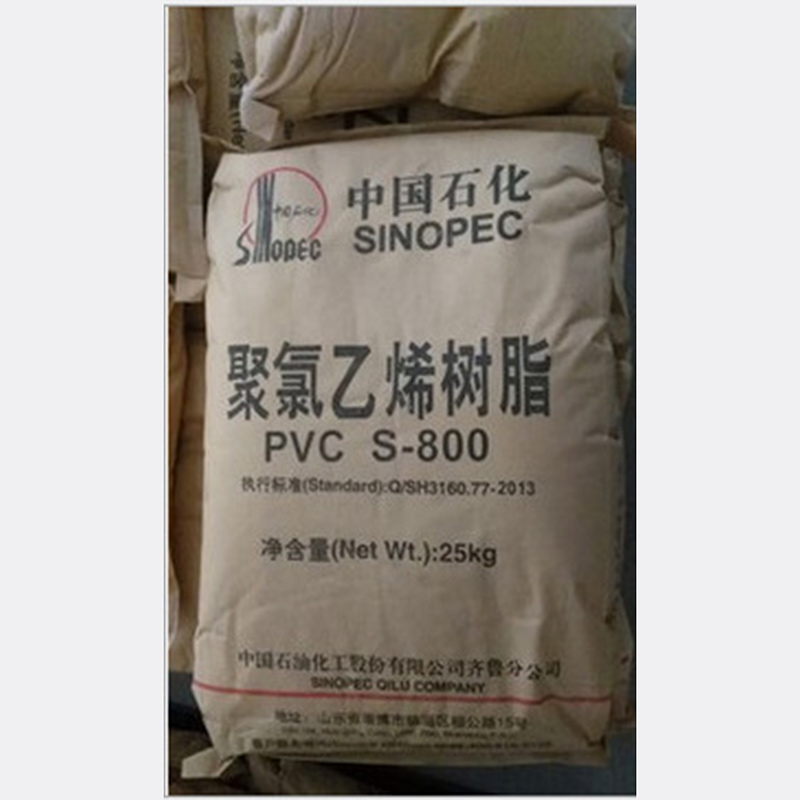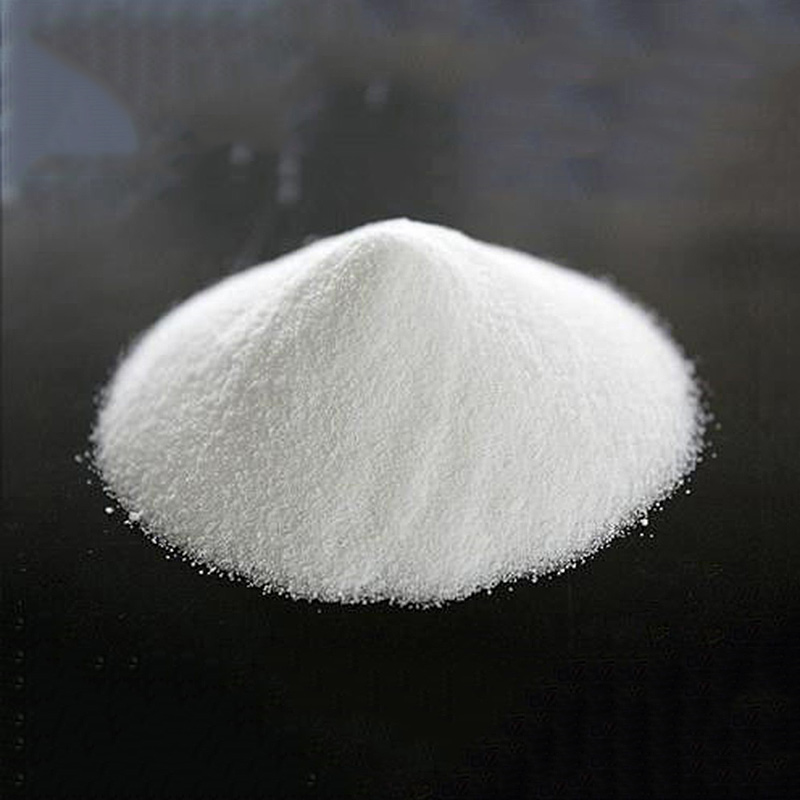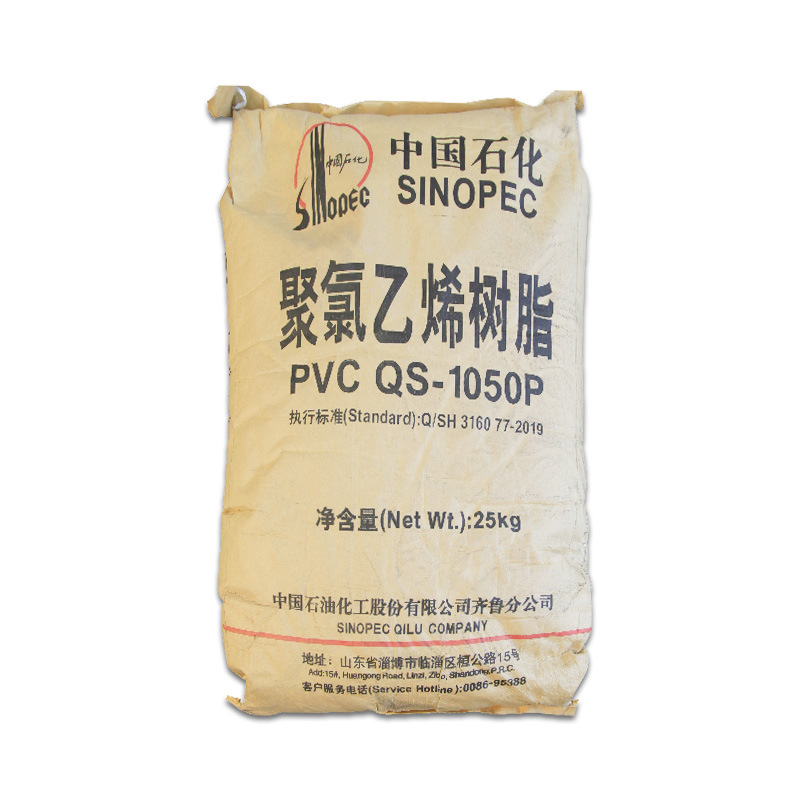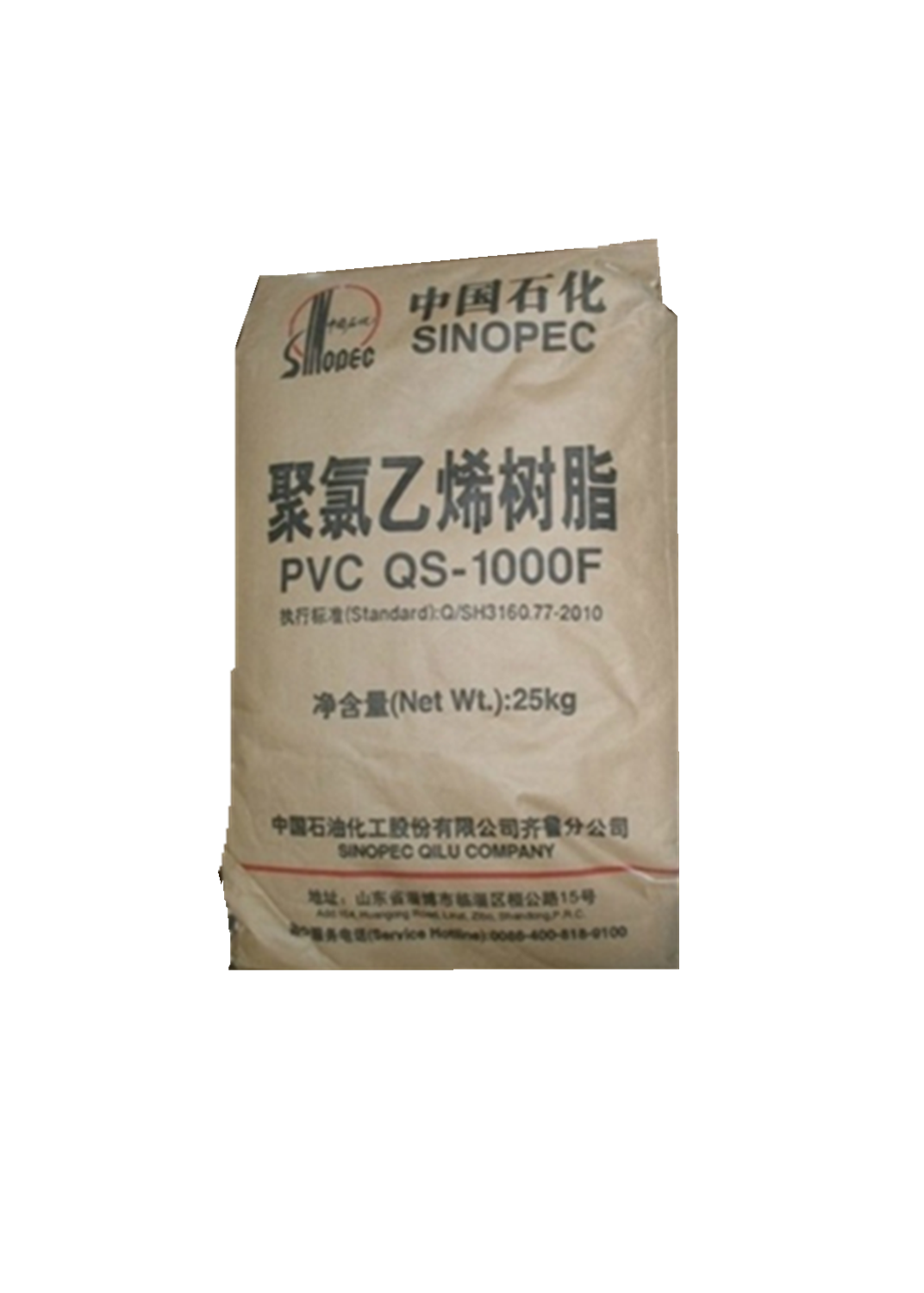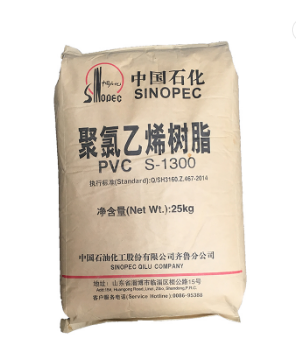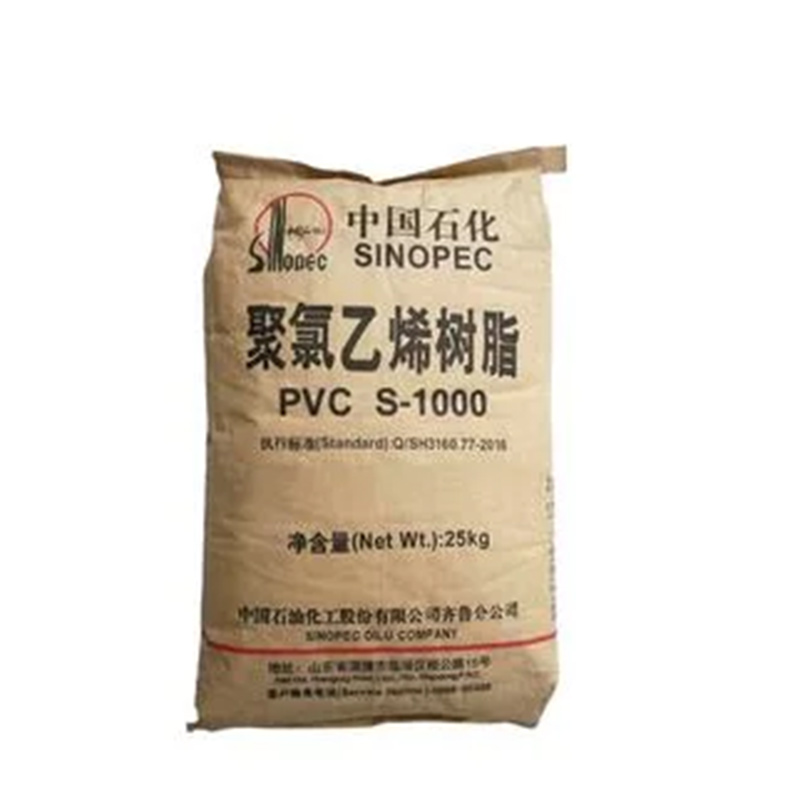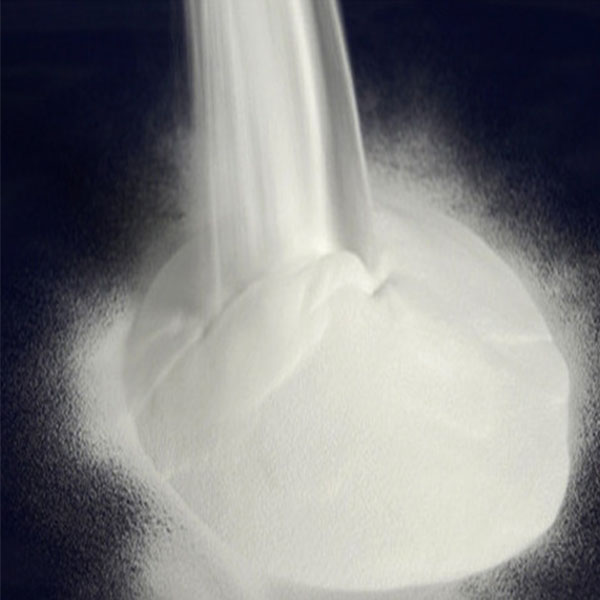PVC resin for film
PVC resin for film,
PVC resin for rigid film, pvc resin for soft PVC film,
Production of PVC film
There are mainly two methods of producing pvc film: extrusion calendering and casting.Extrusion calendering is the most method.
PVC film can be classified into two main groups: soft and semi-rigid. Market demand for semi-rigid PVC film reaches almost two thirds.
Soft PVC sheet is generally used for tablecloths, non-slip mats, and bags. Because soft PVC sheet or film contains softeners, it is easy to become brittle and difficult to store. This limit its application scope.
Rigid PVC does not contain softeners. It is flexible, easy to form, not easy to be brittle, non-toxic and pollution-free. It has a long storage time, high temperature resistance, not easy to melt. It is printable, and has good inking effect. It is of great value and massive applications. Building and electronics use 60% of PVC plastics film and sheets. Many packaging industries also consume a great deal of PVC material. There are also quite a few applications, like folding box stationery, laser cutting, and partition boards and so on.
Parameters
| Grade | PVC S-800 | Remarks | ||
| Item | Guarantee value | Test method | ||
| Average polymerization degree | 750-850 | GB/T 5761,Appendix A | K value 60-62 | |
| Apparent density, g/ml | 0.51-0.61 | Q/SH3055.77-2006, Appendix B | ||
| Volatiles content (water included), %, ≤ | 0.30 | Q/SH3055.77-2006, Appendix C | ||
| Plasticiser absorption of 100g resin, g, ≥ | 16 | Q/SH3055.77-2006, Appendix D | ||
| VCM residue, mg/kg ≤ | 5 | GB/T 4615-1987 | ||
| Screenings % | 2.0 | 2.0 | Method 1: GB/T 5761, Appendix B Method 2: Q/SH3055.77-2006, Appendix A |
|
| 95 | 95 | |||
| Fisheye number, No./400cm2, ≤ | 30 | Q/SH3055.77-2006, Appendix E | ||
| Number of impurity particles, No., ≤ | 20 | GB/T 9348-1988 | ||
| Whiteness (160ºC, 10 minutes later), %, ≥ | 75 | GB/T 15595-95 | ||





